Driving lights have evolved significantly over the years. From petroleum-burning lights in pre-war cars to seal-beam units of the `60s, halogen bulbs, to the HID and LED technology of today`s models. Indeed, driving lights have come a long way, particularly in their ability to improve visibility and safety for night driving and in challenging conditions like heavy rain or fog.
Back in the day when you could get only one type of driving light, the choice was pretty simple. However, today, when customers can choose between halogen, HID, and LED driving lights, finding the right aftermarket units for your vehicle can be difficult. In this article we will explain the main differences between these three types of driving lights, list all the pros and the cons, and help you to decide.
Halogen Driving Lights
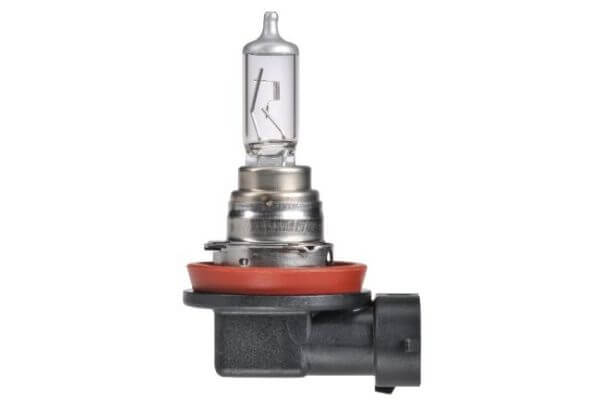
Most people are familiar with halogen lights, since they have been around for so long. They are the most common, cheapest, and simplest driving lights out there. For those who don’t know, halogen-type driving lights use a tungsten-filled bulb to create light. In the process of creating this light however, they cause a lot of energy to be wasted as heat. In the world of aftermarket accessories for off-road vehicles, halogen is a well-known type mainly because they have been around forever, and they are the most affordable option.
However, this doesn’t mean that they are the best choice for enthusiasts. Quite the contrary, halogen driving lights are not that efficient, durable, or dependable. Nor do they offer the best performance on the market. They also have the shortest expected life span, with halogen bulbs typically lasting around 800 hours. Although the colour of the light does not correlate with the actual brightness, halogen has a yellowish glow and a high CRI (colour rendering index). To be precise, the standard halogen bulb produces around 3200 to 3500 K (Kelvin) of light (colour temperature).
Pros:
- Price
- Availability
Cons:
- Short life span
- Not efficient or durable compared to other options
- Low performance and high energy consumption
HID Driving Lights
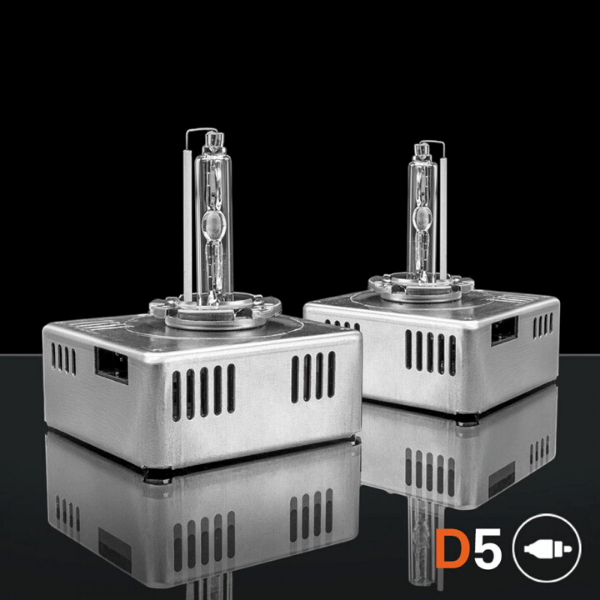
The high intensity discharge or HID driving lights (sometimes known as the Xenon lights) have been around since the `90s and represent a great option for off-road driving fans. The HID is far superior to the halogen, offering the highest level of usability, efficiency, and durability. Average HID driving lights can provide up to 3 times more light than halogen units of the same voltage whilst using less power.
HID driving lights also have a much longer life expectancy, and there are examples that quality bulbs can last up to 10 times longer than similar halogen units. The light power in Kelvin (K) is 4000 and up, and some HID lights can produce up to 12,000 K of light output.
Therefore, even when compared to LED variants, HID offers slightly better luminous efficiency.
The HID is easily recognizable by its blue/white colour and great beam distance, making them ideal for spotlights. The 4000 to 5000 K HID has white light colour while the most powerful have blue/purple hue. Interestingly, HID or Xenon lights need a couple of seconds to reach its full potential when turned on, depending on the type of ballast used. Even though the HID driving lights are somewhat more expensive than halogen units, they are still affordable, and there are numerous models on the market.
The Narva 225 HID Lights are a popular range of this type of driving light:

STEDI also make a Xenon 35W HID headlight conversion kit for those not wanting to add additional mountings:
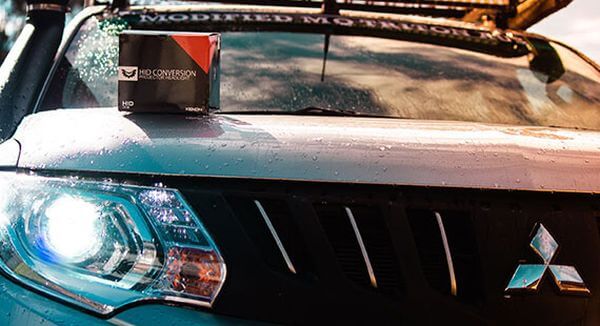
Pros:
- Light Distance
- Precision
- Efficiency and strong luminosity
Cons:
- Need some time to warm up after you turn the lights on
- Bulbs last longer than halogen, but shorter than LED
LED Driving Lights
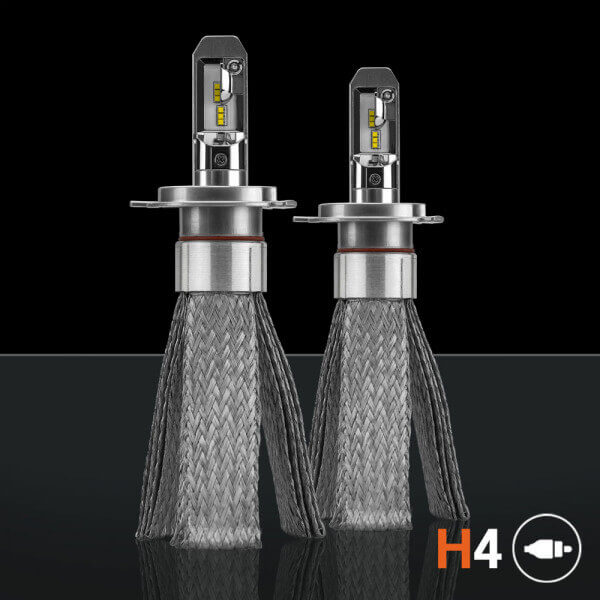
Even though the LED technology isn’t new, the LED driving lights are a relative newcomer to the market. The LED stands for Light Emitting Diode, which clearly explains the technology behind those driving lights. Rather than using a light bulb, LED lights consist of several small diodes. This allows companies to produce LED driving lights in various shapes and configurations. LED Light bars are quite popular nowadays as well as LED based spotlights and DLR (daytime running lights).
The main advantage of LED driving lights is their fantastic durability, and they can last up to 50,000 hours, which is much more than HID. Also, thanks to the technology that uses excited electrons to create a light, the LED is extremely efficient at producing 5000 to 6000 K. Experts state that LED driving lights are the closest thing to daylight you can get from an artificial light source. Just like the HID lights, LEDs are up to three times as efficient as old Halogen units. One of their main advantages is the fact that LED lights are waterproof and resistant to vibrations, something that serious off-road enthusiasts will appreciate.
Modern LED options often produce far brighter and superior lighting compared to all of its counterparts. Even though HID has the slight edge in terms of peak beam distance, LED driving lights, such as the STEDI Type-X Pro, are achieving amazing 1 Lux distances of around 1.15km:
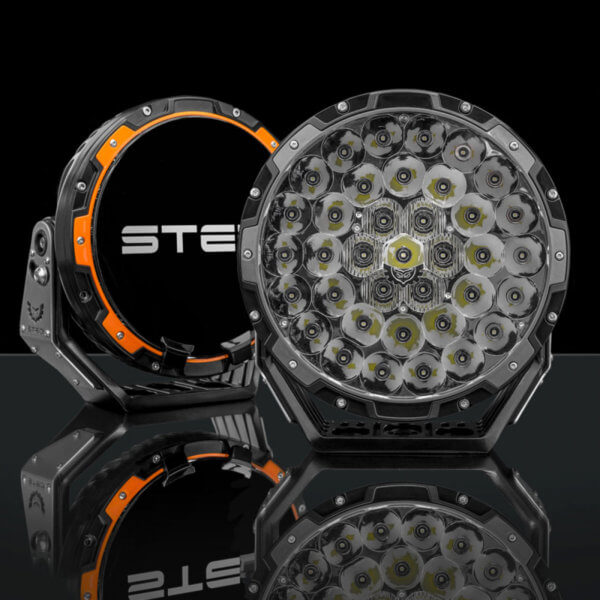
Pros:
- Come in all shapes and sizes (LED bars)
- Efficient
- Waterproof
Cons:
- Light scattering/spread beam
- Entry-level units are not worth buying
The Verdict
Right from the start, we have to put the Halogen driving lights to the last place. The combination of short life span, low power, reduced efficiency, and durability makes it obsolete for modern off-road driving. Yes, the Halogen lights are cheap but not worth buying since there are so many better options for only a slightly higher price.
After a fierce battle, modern LED driving lights take a narrow lead. In spite of being just pipped at the post by HIDs in terms of total beam distance, LED units like the Type X Pro spotlight and the STEDI ST3303 Pro Light Bar are offering staggering light volumes at outstanding distances.
LED’s energy efficiency, durability, long life span and resistance to water, dust and vibration makes them the best investment out of the three options in our opinion.
What do you think? Which type of light do you prefer? Let us know in the comments below.

